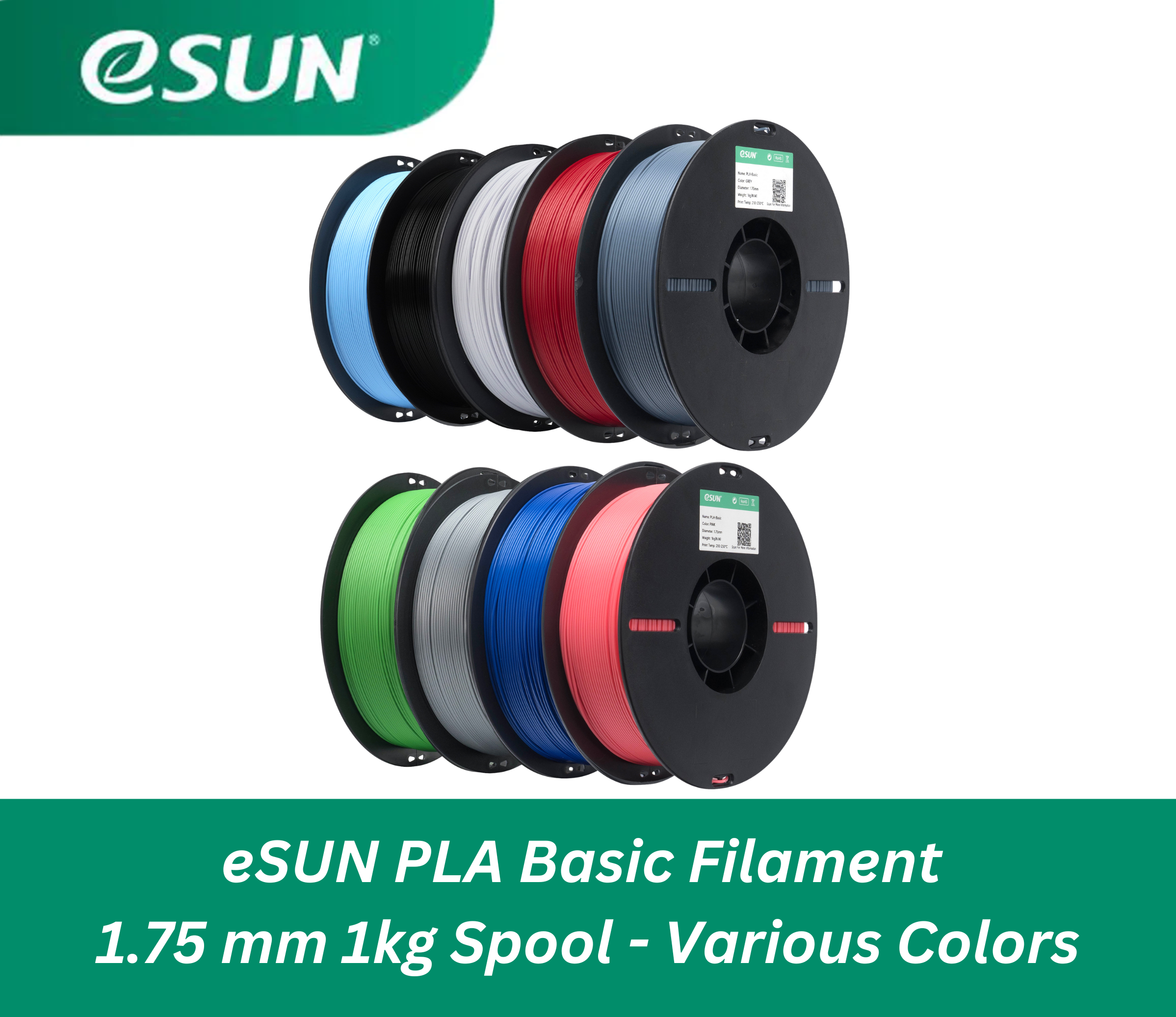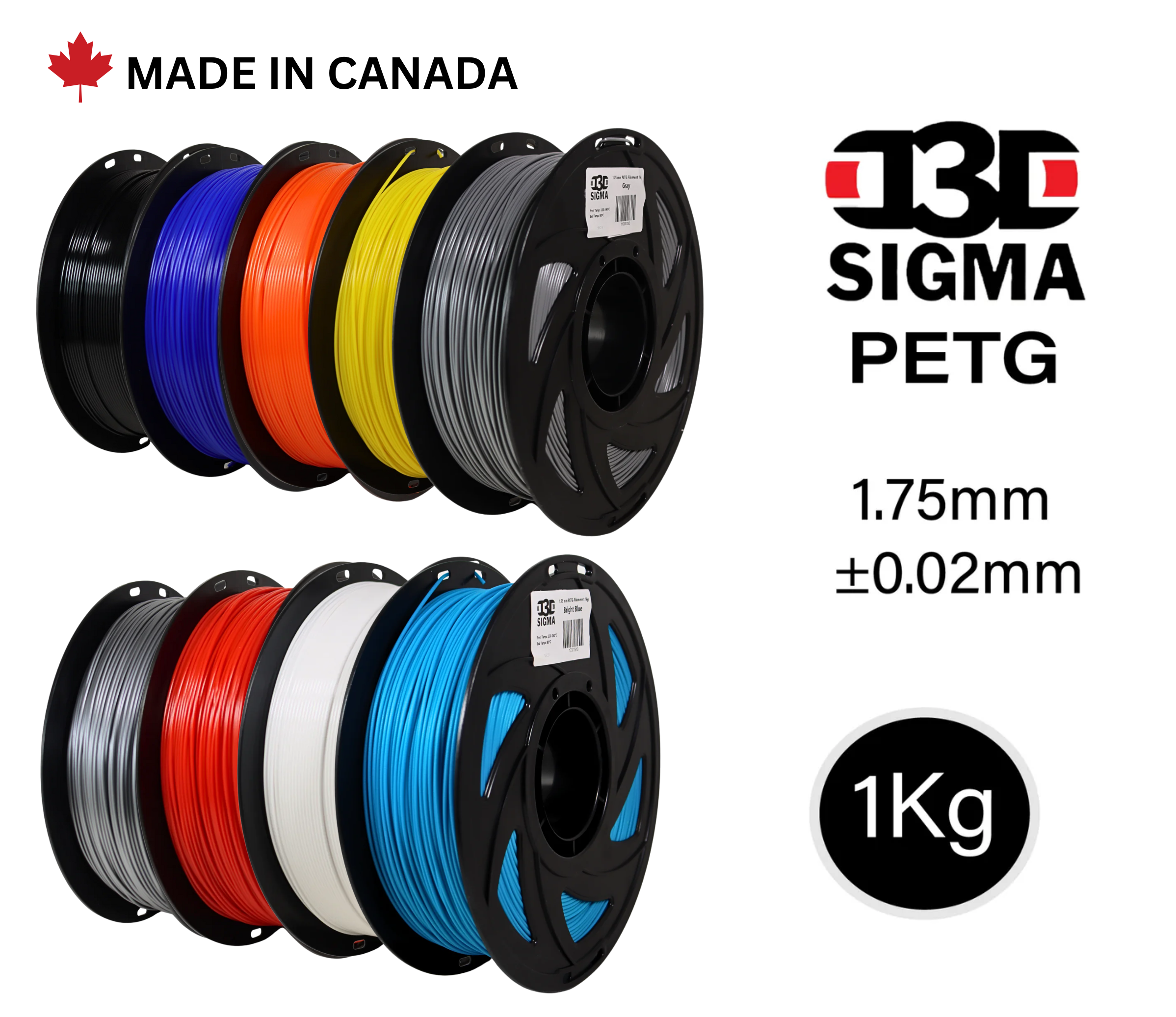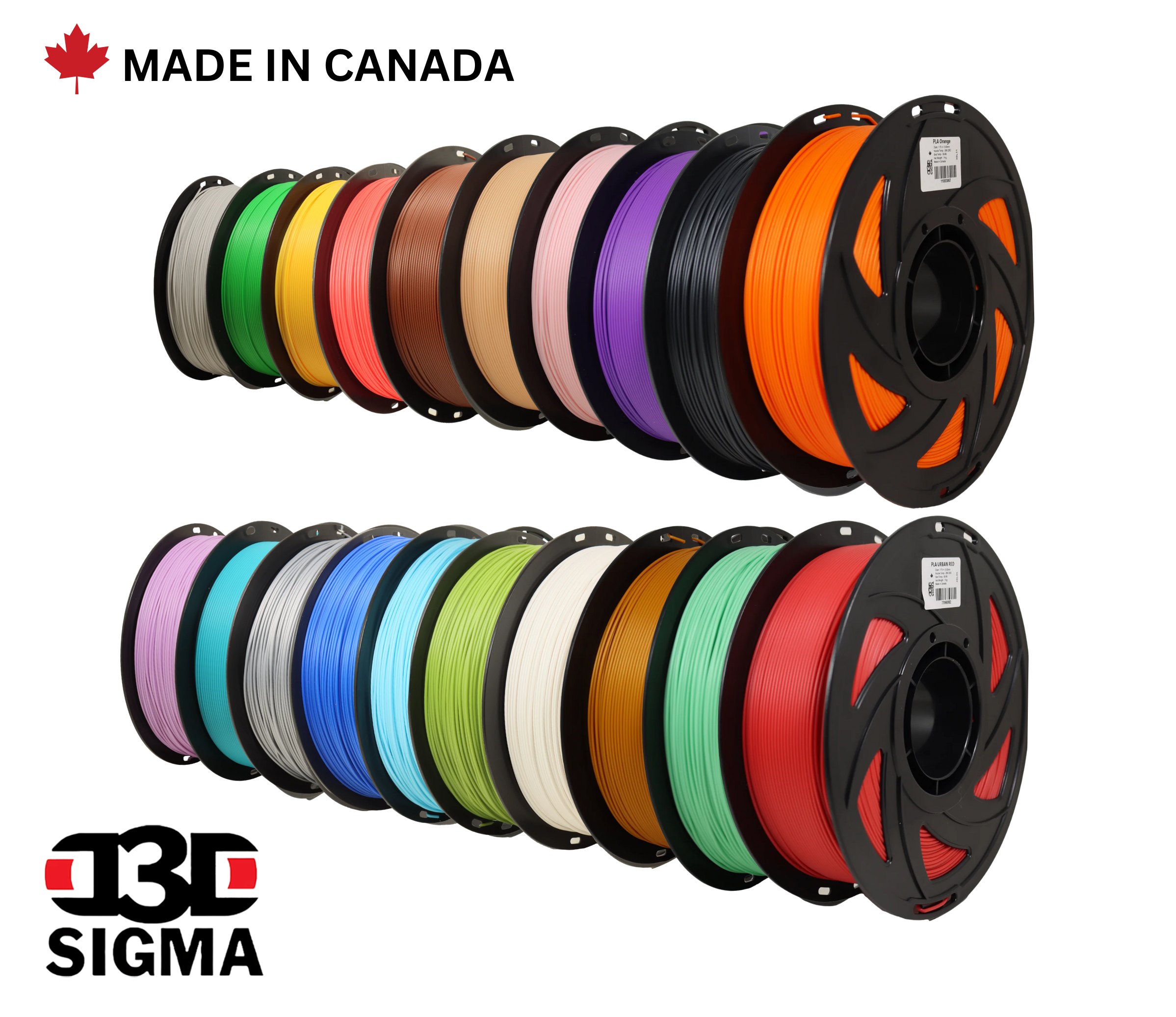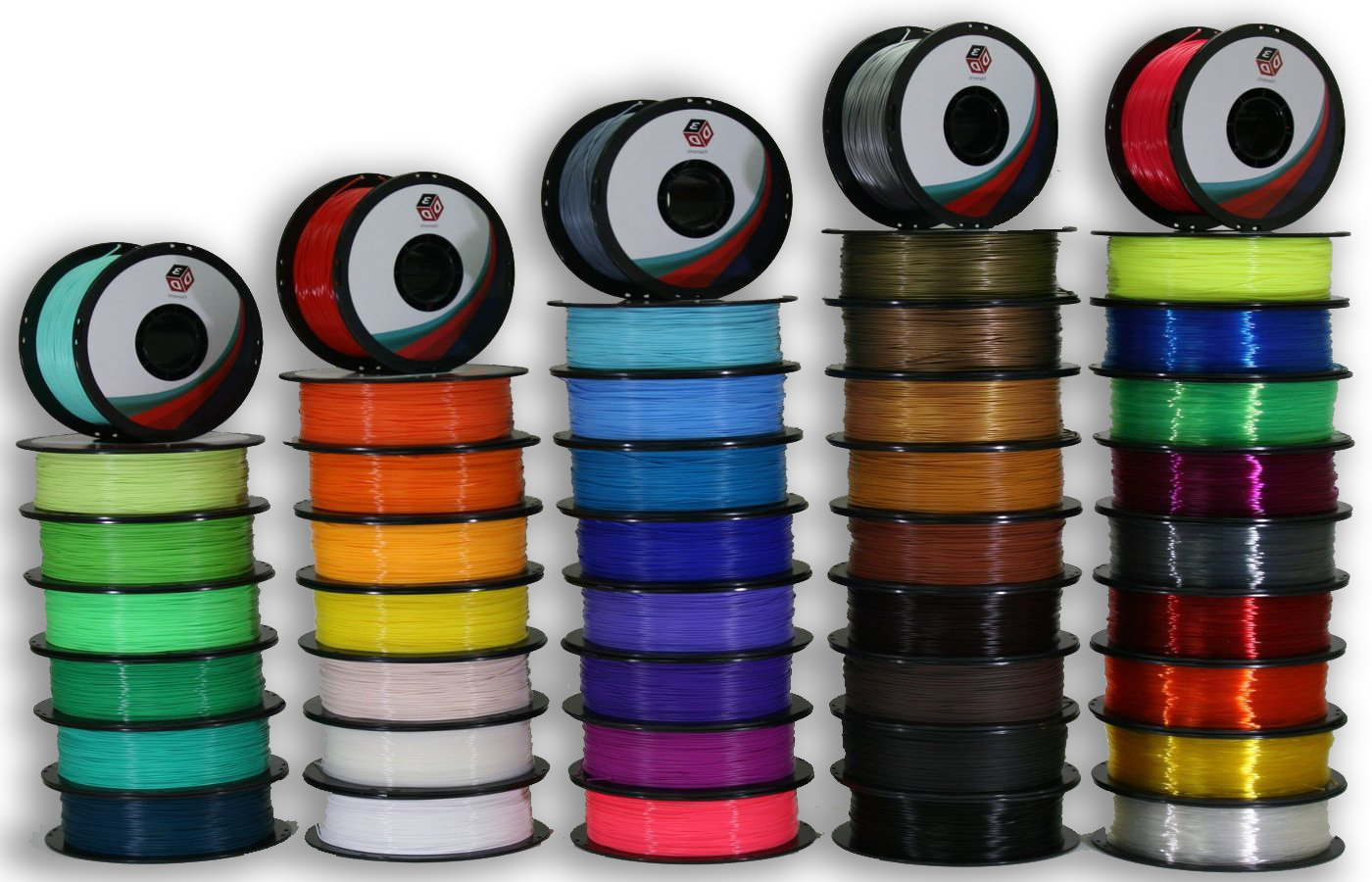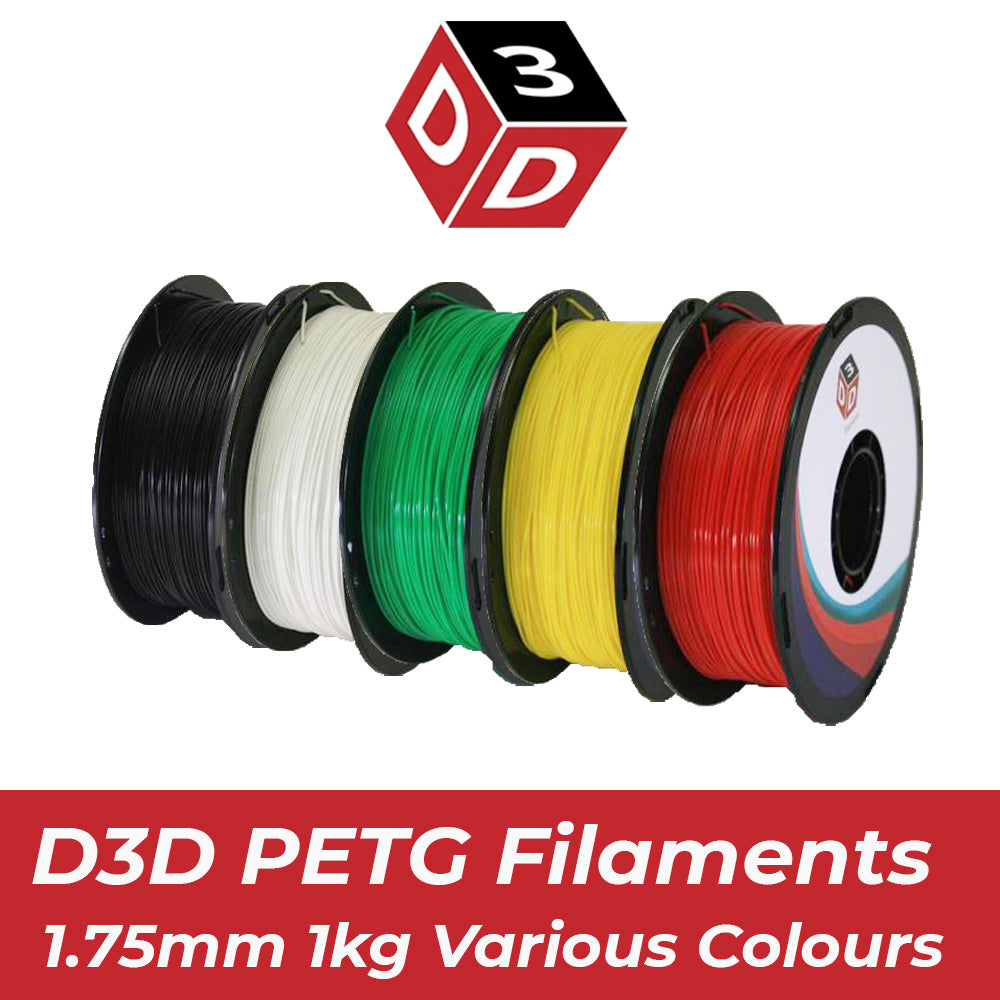When printing overhangs, bridges, or complex geometry, support material makes the impossible possible. Bambu Lab offers two main support filament options: PVA and Bambu Support G. But which one should you use — and what are the key differences?
Let’s break it down by material properties, use cases, compatibility, and tips to help you choose the right support material for your next multi-material print.
🧪 What Is Support Material in 3D Printing?
Support materials are temporary scaffolds used during printing to support overhangs, domes, or unsupported geometries. After printing, supports are removed — either mechanically or by dissolving them in water or other solutions.
Multi-material printers like Bambu Lab's X1C, P1S with AMS, and A1 Combo allow you to print supports in a different material, which makes removal easier and improves surface quality on the final part.
🔍 Bambu Lab’s Support Options: At a Glance
| Feature |
PVA |
Bambu Support G |
| Type |
Water-soluble |
Breakaway |
| Solubility |
Dissolves in water |
Manually removed |
| Ease of Use |
Medium (requires dry storage) |
Easy |
| Ideal For |
Complex overhangs, internal structures |
Standard supports, quick jobs |
| Storage Sensitivity |
High (hygroscopic) |
Moderate |
| AMS Compatible |
Yes (if dry) |
Yes |
🧊 PVA (Polyvinyl Alcohol) – Water-Soluble Support

Best for:
-
Parts with complex geometry
-
Internal channels, hidden cavities
-
Models where perfect surface finish is needed on all sides
Pros:
Cons:
-
Highly hygroscopic — must be stored dry
-
Takes time to dissolve (1–4 hours depending on support density)
-
More expensive than other materials
💡 Tip: Always dry PVA at ~45–55°C for a few hours before use. Wet PVA causes clogs and feeding errors in the AMS.
🔧 Bambu Support G – Breakaway Support



Best for:
-
Prints with accessible overhangs
-
Quick prototypes or functional parts
-
Large-format prints where time matters
Pros:
-
Easy to break off by hand or pliers
-
No post-soaking or drying required
-
Compatible with PLA, PETG, ABS, ASA
Cons:
-
Not ideal for internal structures
-
May leave marks on tight contact zones
-
Less clean finish than soluble supports
🎯 Use Bambu Support G when speed and convenience are more important than flawless surface quality.
💡 Choosing the Right Support for Your Project
| If your goal is... |
Use this: |
| Smooth surface under overhangs |
PVA |
| Quick print and fast cleanup |
Support G |
| Printing internal channels |
PVA |
| Less post-processing |
Support G |
| Dual-material showcase prints |
PVA (for contrast & removal ease) |
🛠️ Support Setup Tips in Bambu Studio
-
Use “Support Interface” + “Support Material” settings to assign PVA or Support G
-
Enable Support Gap = 0 for dissolvable materials to maximize contact
-
Keep support density at 10–15% for faster prints and easier removal
-
Use Tree Supports if part geometry allows — they save material and time
🧼 Storage & Handling Tips
PVA
-
Store in airtight containers with desiccant
-
If exposed to air, dry for 4–6 hours at 45–55°C before use
-
Avoid printing PVA when humidity is above 50% unless using a dry box
Bambu Support G
🏁 Final Thoughts
Both PVA and Bambu Support G have a place in your filament arsenal.
-
Use PVA for high-detail prints with hard-to-reach supports, especially if you're printing functional or showcase-quality parts.
-
Use Support G for fast prints, easy cleanup, and general-purpose use.
If you’re using the AMS or AMS 2 Pro, both materials are compatible — just make sure PVA is dry and prepped properly.

